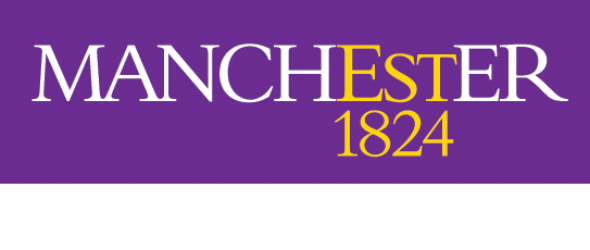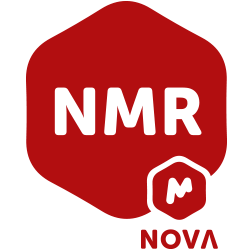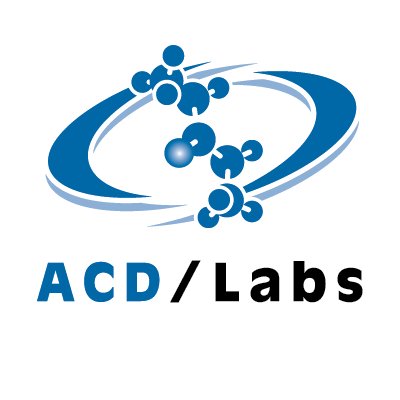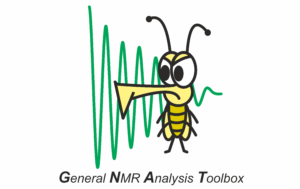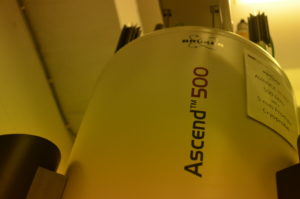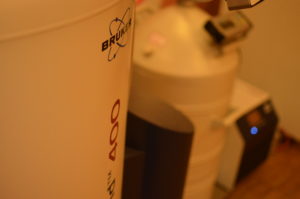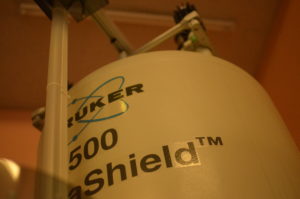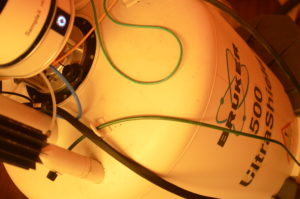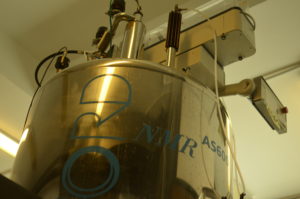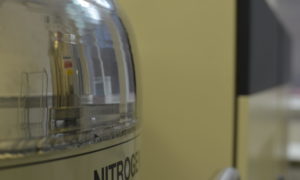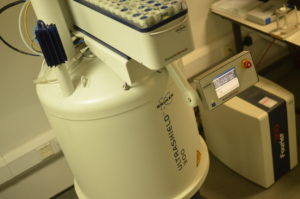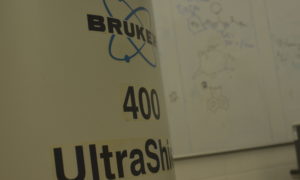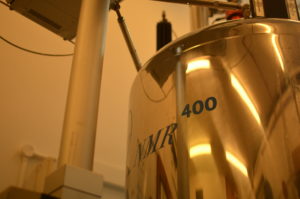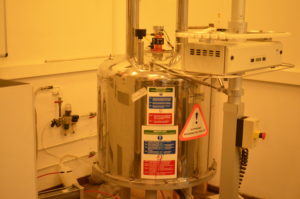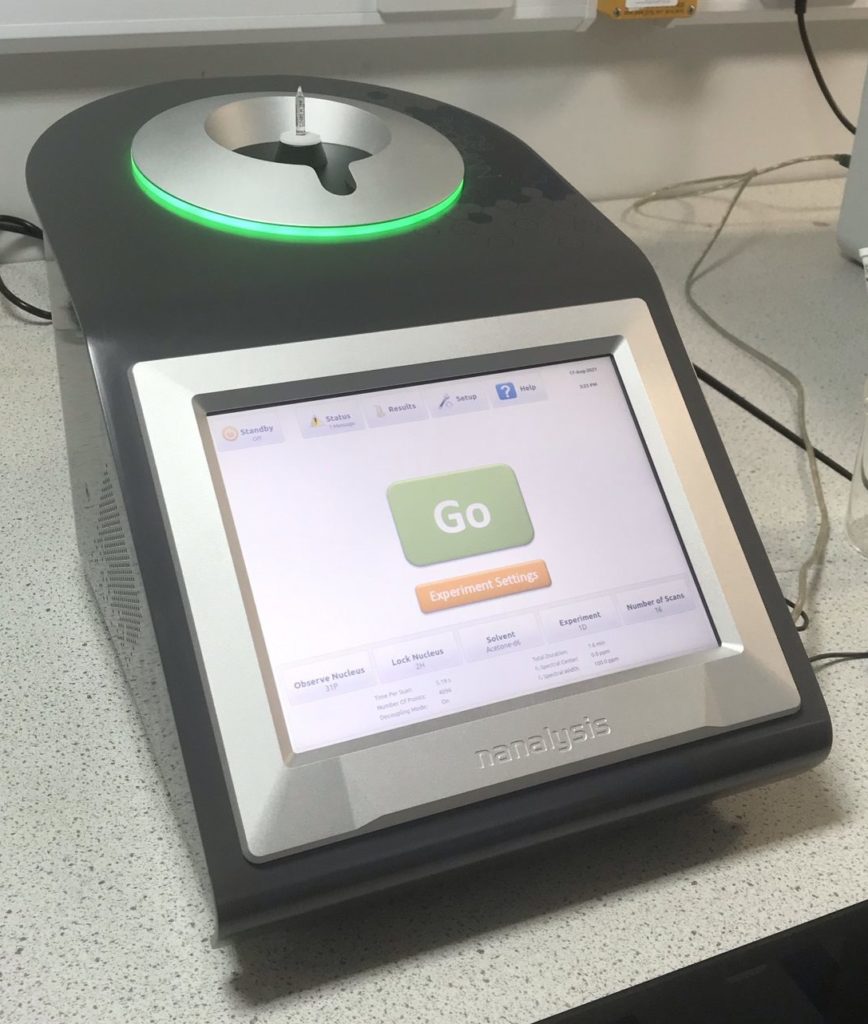The Department of Chemistry maintains licenses or open access to the NMR-related software packages listed below.
Mestrelab Mnova
NMR processing software
For managed desktops:
Install from the Software Centre.
If that doesn’t work, install this version available that can be installed without admin rights: Installer. Then download and install this license file: MNova License.
For laptops and unmanaged desktops:
Download the latest version of mNova from the Mestrelab website.
Install the software following these instructions,
Download and install this license file: MNova license.
You must connect your computer to the University of Manchester VPN to activate the software.
ACD/Labs Spectrus Processor
NMR, IR and MS processing software
For managed desktops:
Install from the Software Centre.
For laptops and unmanaged desktops:
Download this PDF: Installation instructions.
Bruker Topspin
NMR processing software
Developed by Bruker, Topspin is free for academic use, and the department has additional licenses for more advanced features (CS NUS processing, CMC).
Download from Bruker
You must register for an account first here
University of Manchester students and staff can access manuals online here.
OpenVnmrJ
NMR processing software
Formerly developed by Varian then Agilent as VnmrJ, OpenVnmrJ was released as an open source software in 2016.
Download from Open VnmrJ.
General NMR Analysis Toolbox (GNAT)
Advanced NMR processing software
GNAT is free (and developed in the Department of Chemistry) and useful for more advanced processing than a simple Fourier Transform and integration. Use GNAT for processing DOSY and Relaxation data. Formerly developed as the ‘DOSY Toolbox’, this software is for advanced data processing and is developed by Prof. Mathias Nilsson in the Department of Chemistry
Download from Manchester NMR Methodology Group.
ChemDraw
Drawing tool with useful prediction of 1H and 13C spectra.
1. Go to the Revvity web page and log in. You will need to register (here first) for an account using a University of Manchester email address.
2. Click List Downloads, and select ChemDraw Professional. Download the appropriate installer for your system.
3. Once the software package is downloaded, you can install it on your computer.
4. You can get the activation code from the Revvity website under the entitlements section (ChemDraw Professional. LARGE Academic Institutional Subscription).


